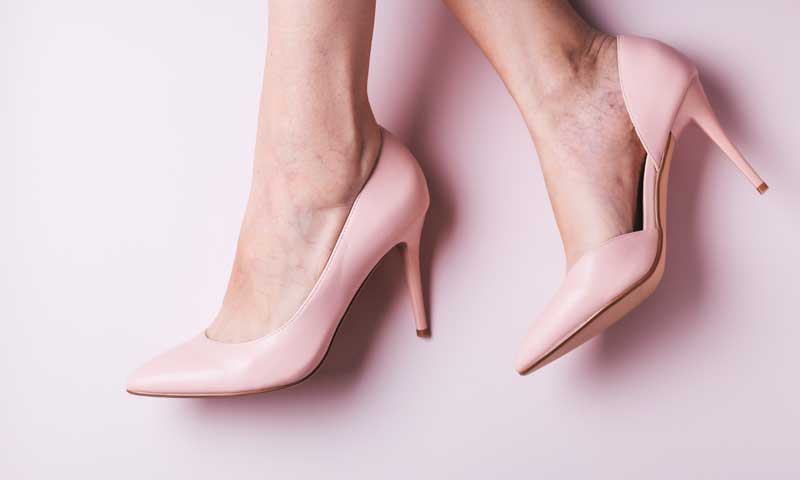Varicose veins, once a source of discomfort and embarrassment for many, have become increasingly manageable with modern medical advancements. Gone are the days when treatment involved invasive procedures and lengthy recovery times. Today, patients have access to a range of minimally invasive techniques that offer effective results with minimal discomfort and downtime. One of the most popular treatments for varicose veins is endovenous laser treatment EVLT. This procedure involves inserting a laser fiber into the affected vein, which emits laser energy to seal the vein shut. By closing off the faulty vein, blood is naturally rerouted to healthier veins nearby, reducing pressure and improving circulation. EVLT is performed under local anesthesia, typically in an outpatient setting, and patients can often resume normal activities shortly after the procedure. This approach not only addresses the cosmetic concerns associated with varicose veins but also alleviates symptoms such as pain, swelling, and cramping. Another advanced technique gaining prominence is radiofrequency ablation RFA. Similar to EVLT, RFA uses thermal energy to seal off varicose veins.

A small catheter delivers radiofrequency energy directly into the vein, causing it to collapse and eventually be absorbed by the body. Like EVLT, RFA is minimally invasive and performed under local anesthesia. It offers high success rates and rapid recovery times, making it a preferred choice for many patients seeking relief from varicose vein symptoms. VASC san antonio individuals with smaller varicose veins or spider veins, sclerotherapy provides an effective solution. This procedure involves injecting a special solution directly into the affected vein, causing it to collapse and fade over time. Sclerotherapy is quick, virtually painless, and requires no downtime, allowing patients to return to their daily activities immediately. Multiple sessions may be necessary for optimal results, but the gradual improvement in vein appearance is typically noticeable after each treatment. In addition to these targeted treatments, advancements in imaging technology have significantly enhanced the precision and effectiveness of varicose vein interventions. Doppler ultrasound, for instance, allows healthcare providers to accurately map out the venous system and identify the exact location of problematic veins. This detailed imaging guidance ensures that treatments are tailored to each patient’s unique anatomy, maximizing outcomes while minimizing potential risks.
Beyond the technical innovations, modern varicose vein treatments prioritize patient comfort and convenience. Clinics specializing in vein care often offer personalized consultations to discuss treatment options, address concerns, and create customized treatment plans. This patient-centered approach not only fosters trust and confidence but also ensures that individuals receive comprehensive care throughout their treatment journey. Moreover, the evolution of varicose vein treatments reflects broader advancements in medical science and technology. As research continues to refine techniques and improve outcomes, the future of vein care holds promise for even more effective and efficient solutions. This ongoing innovation underscores the commitment of healthcare providers to continually enhance patient experiences and outcomes in managing varicose veins. From endovenous laser treatment and radiofrequency ablation to sclerotherapy and advanced imaging technologies, individuals now have access to a range of safe and efficient options for managing varicose veins. As these treatments continue to evolve, they not only improve the cosmetic appearance of veins but also alleviate symptoms, enhance quality of life, and restore confidence in those affected by this common condition.